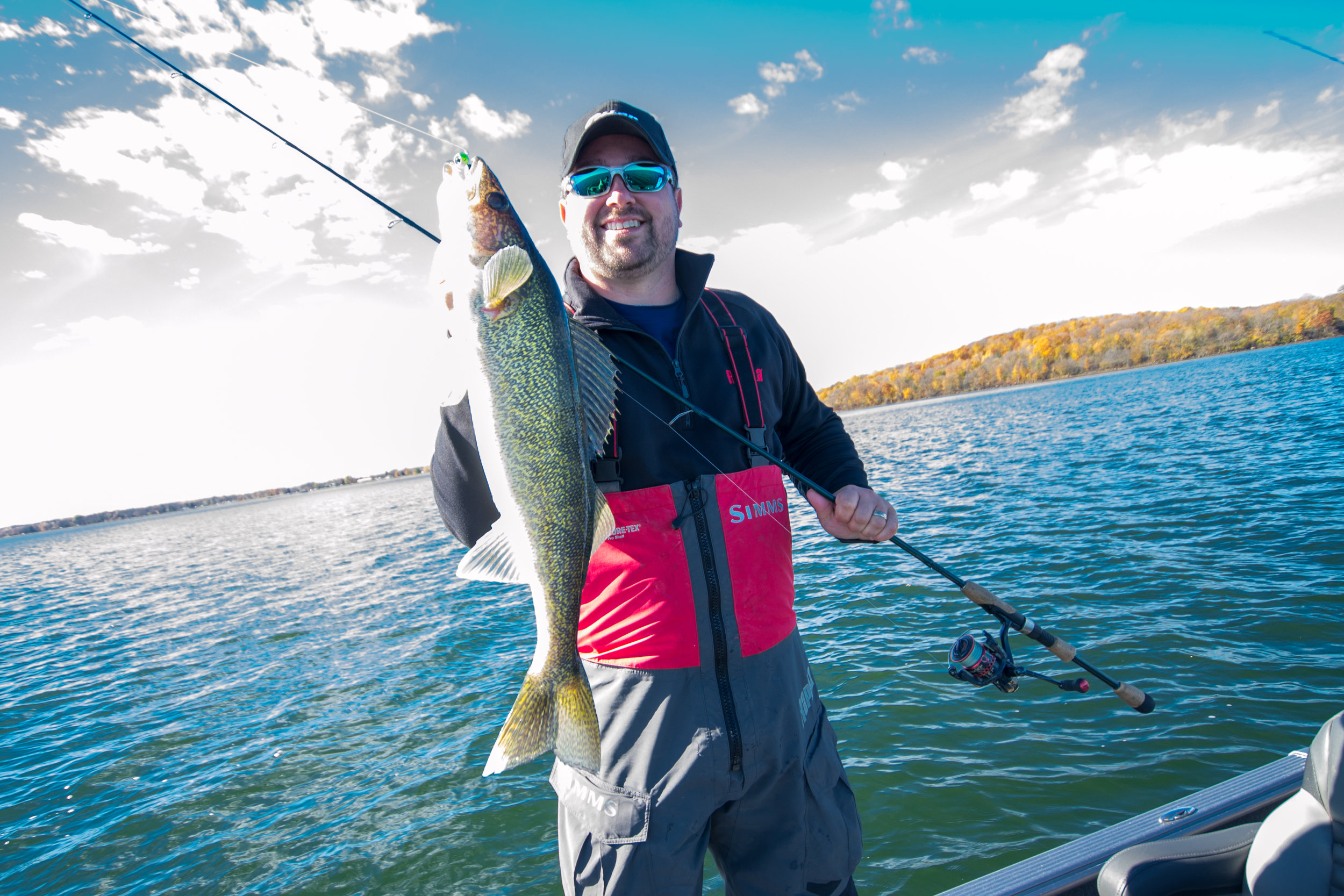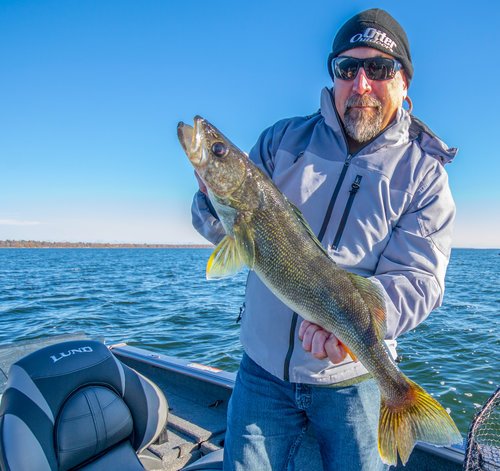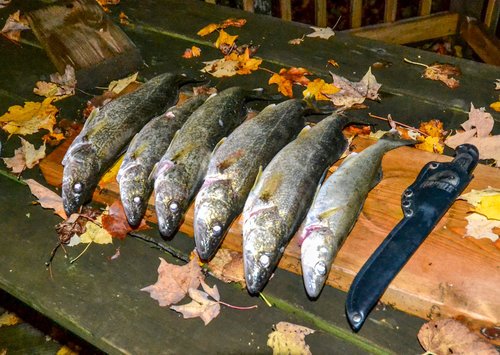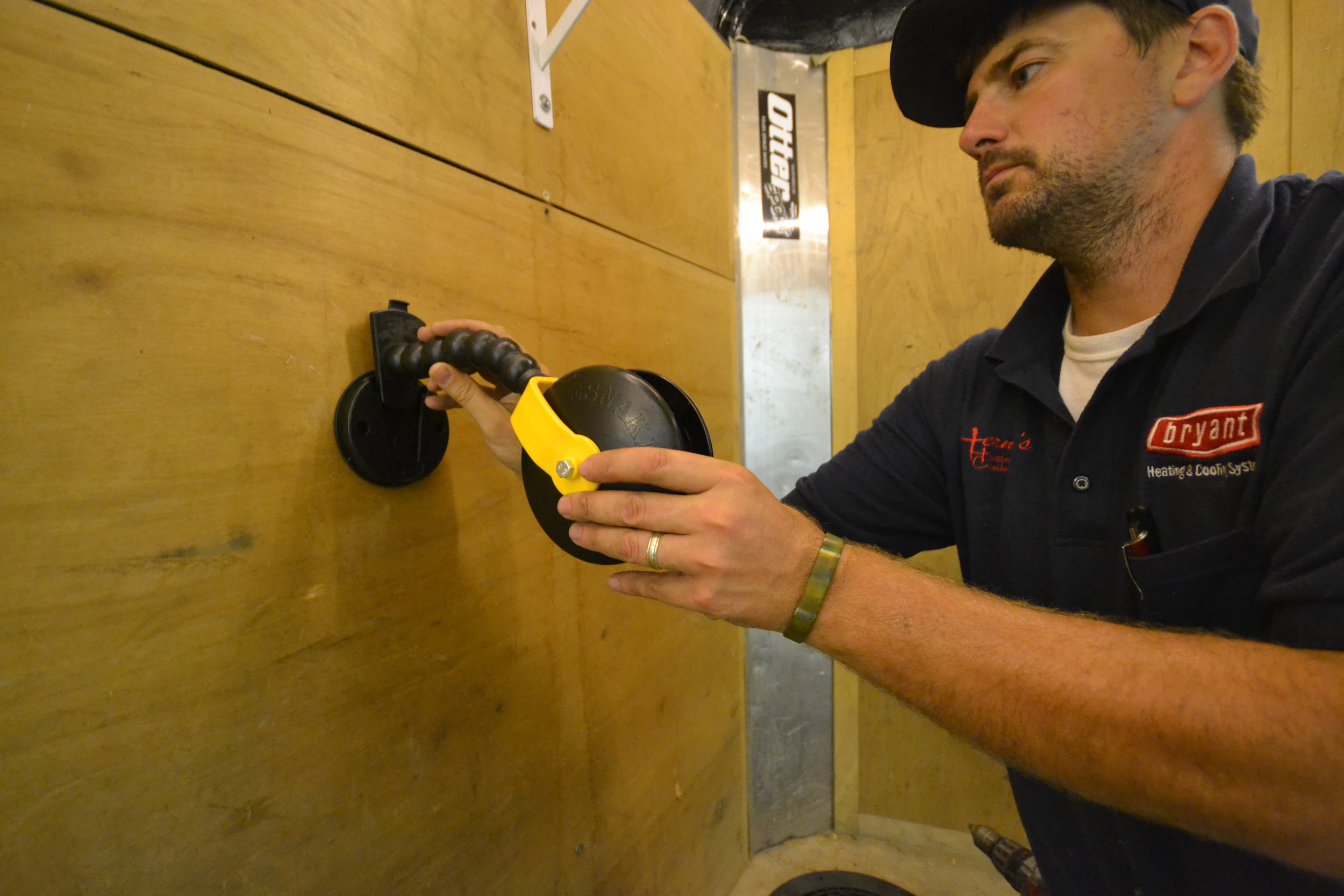Few baits will ever be as successful as the plain lead-head jig. As a bait-delivery method or a stand-alone option, it excels for multiple species throughout the country, moving water or stagnant, stained or clear. It can be swam, hopped, plopped, dropped, dragged, shook, pitched, and fished vertically, among other presentations. No matter how you choose to fish it, there’s a species that’ll eat it on every water body near you. However, that doesn’t mean it’s necessarily easy to fish, and it can be downright challenging if you’ve never been much for jig-fishing.
I learned to fish jigs on a river system in current, which is quite the curveball compared to natural lakes. With moving water, you need to take into account more variables like sweep, casting angle, mono vs. braid, among others. However, with a few pointers, anyone can catch fish with jigs. Here’s a few to get you started in the right direction.
Use the Right Tools for the Job – Start with a lightweight, high-quality carbon-fiber (no fiberglass) rod in an Extra Fast (XF) action, along with a featherweight reel combination. Jig-fishing, perhaps more than any other technique relies heavily on feel, and you simply can’t feel much with poor equipment. While there are techniques that don’t require you to spend as much on a rod and reel, here’s one instance where you really get what you pay for, and better tech quite simply leads to more fish.
Line – Start with braid and a fluorocarbon leader of a few feet in length, joined by an Albright Special or Uni-to-Uni knot. This offers you the best ability to feel the jig, while still having some stealth with the nearly translucent fluorocarbon line up against the jig itself. Mono can excel in certain situations, especially in current where the sweep and way it cuts through the water presents the jig differently, but braid offers you the best feel overall.
Map the Bottom – Your first couple of casts should be an exploratory mission, as you decipher clues that are telegraphed back to your rod-hand. Cast out and let the jig settle to bottom. Then slowly drag it back to you, hopping or with mixed-in quicker pulls along the way. You’re actively figuring out substrate at distance, such that you can understand the big picture and where fish will be holding. Like any experiment, start with a “control” retrieve, and compare various types of retrieves thereafter.
No Cross-Wind Casting – No matter the orientation of shore or where you’re pitching, wind could be the single largest inhibitor to your catch-total for the day. Position your back to the wind, or directly face it to enjoy far better direct contact with what your jig is doing. Drift into a crosswind, and every fish in the lake could hit your bait on a single retrieve, and you’d never know it because of the huge bow in your line. Wind triggers many fish species up shallow, so on these days, mitigate the effect by keeping your rod-tip close to the water and off to one side of the boat to reduce that problem.
Stay Back in Clear Water – Jig fishing can only be productive in the clear shallows when you’re not driving over fish. In hyper-clear water bodies like Mille Lacs, this means fish spook in 10FOW or even more, meaning you have to stay over deep water and simply pitch a little bit further up to the zones you’d like to cover.
Fish From the Outside In – When fish are schooled up near cover, it pays to work your casts from the outside in. As you pick off fish after fish from the outside, you have less chance of disturbing an entire school by casting up to the center of the most prime piece of cover.
When Vertical, Stay That Way – Vertical jigging works really well in deeper water, but only if you keep your rod tip directly over the top of the bait. Poor boat control when fishing vertically leads to baits off bottom, and less ability to detect bites, especially when the bait is under the boat.
Re-Bait – Whether plastics or live-bait, degraded or destroyed additions to a jig hinder the action and direct appeal. Resist the temptation to leave it on for “one-more-cast” and put your best bait forward. It’s amazing how selective fish can be at times, and at the end of the day you may only use a handful more minnows or plastic grubs. Call that cheap insurance to a successful bite.
Focus – Probably the single biggest deterrent to catching fish on a jig is distracted fishing. If you prefer to doze off, drink coffee, or otherwise just relax, start trolling or bobber fishing. The best jig anglers I know are machines. They’re casting, processing bottom content, hooking walleyes, and positioning the boat for the next cast. They’re mentally engaged nearly all of the time, as they pick apart pieces of structure bit-by-bit. While it’s true that the more you pay attention for any fishing scenario, the more you’ll catch, with jig-fishing it’s absolutely critical.





